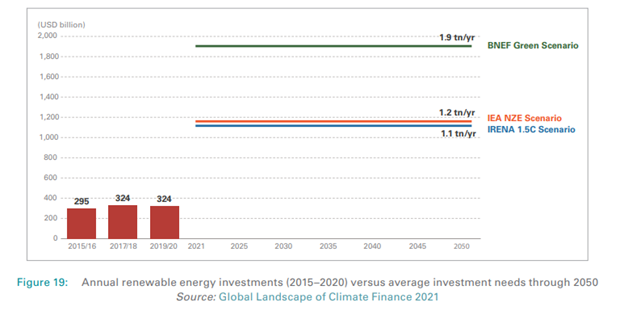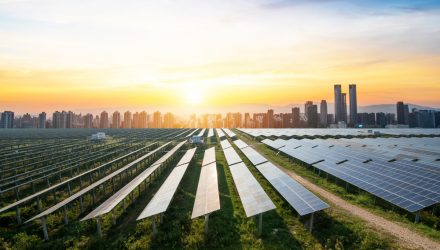The World Meteorological Organization (WMO) conducted its annual multi-agency State of Climate Services report focusing on energy this year. The report, collated from 26 different organizations, concluded that electricity supply from clean energy sources will have to at least double by 2030 to limit warming that will disrupt and jeopardize energy security globally.
“The energy sector is the source of around three-quarters of global greenhouse gas emissions. Switching to clean forms of energy generation, such as solar, wind, and hydropower – and improving energy efficiency – is vital if we are to thrive in the twenty-first century. Net zero by 2050 is the aim. But we will only get there if we double the supply of low-emissions electricity within the next eight years,” said WMO Secretary-General Prof Petteri Taalas in the press release.
Currently, less than half of the climate actions that countries have submitted to the United Nations Framework Convention on Climate Change emphasized the energy sector transition. Renewable energy source contributions need to double by 2030 to help alleviate water stresses, a source that fossil fuel and nuclear power plants require to generate electricity, and reduce severe weather events driven by global warming that cause electrical grid disruptions.

Image source: World Meteorological Organization 2022 State of Climate Services
Based on current pledges, there is a 70% gap in the emissions reductions needed to curtail warming to 1.5 degrees Celsius by 2030. To align with Paris Agreements, 7.1 TW of energy from renewable energy sources will need to be installed by 2030.
“We urgently need to respond to the growing impact of climate change on energy systems if we are to maintain energy security while accelerating the transition to net zero. This requires long-term planning and bold policy action to spur investment, which in turn needs to be underpinned by comprehensive and reliable weather and climate data,” said Dr. Fatih Birol, International Energy Agency Executive Director, in the press release.
Investments Need to Triple by 2050
To meet to 2050 net-zero global emissions goal, investments into renewable energy will need to triple, according to the report. Developing countries are currently massively underrepresented and underfunded for clean energy financing, and there needs to be a renewed focus on the transition of the energy sector broadly.

Image source: World Meteorological Organization 2022 State of Climate Services
KraneShares offers a bevy of climate-related products that seek to capture the transition to a zero-emission world by 2050, whether through a focus on carbon emissions or the transition of industries.
KraneShares’ carbon allowances suite of funds includes the KraneShares Global Carbon Strategy ETF (KRBN), an ETF that invests in carbon allowances futures globally from the EU, California, RGGI, and the U.K., the more targeted KraneShares European Carbon Allowance Strategy ETF (KEUA), and the KraneShares California Carbon Allowance Strategy ETF (KCCA). The KraneShares Global Carbon Offset Strategy ETF (KSET) is the first U.S.-listed ETF offering investors exposure to the voluntary carbon markets.
For an approach that targets transitioning companies, KraneShares Global Carbon Transformation ETF (KGHG) seeks to capture the true potential within the carbon transition by focusing on companies from industries that are traditionally some of the highest emission offenders but are on the precipice of transitioning to renewable technologies.
For more news, information, and strategy, visit the Climate Insights Channel.

